| Title | Platform/Version | Time to Beat | Achiev % |
|---|---|---|---|
| Final Fantasy X | PC (HD Remaster) | 56 Hours | 100% |
Intro – And That, as They Say, is That.
Final Fantasy X was originally released in late 2001 for the Sony PlayStation 2 and is the first of what many consider to be the “modern” Final Fantasy games, with a fully realized 3D world, high definition textures, and an entirely voice acted main story. FFX marked a significant change for the series, with a return to the Tetsuya Nomura style art direction that had been seen in Final Fantasy VII and VIII, and a tremendous increase in overall quality across the board. While the series was already considered royalty in the gaming sphere, FFX was in many ways the first entry that felt like a triple AAA title through-and-through. Whether you love or hate aspects of the game, there’s no arguing that the vision and polish put into every aspect of FFX was unprecedented for 2001.
To accomplish this, the creative team was significantly expanded, particularly in the music and sound design department. Nobuo Uematsu, the sole composer of entries I-IX, returned as Musical Director, but this time also had two junior composers under his wing: Masashi Hamauzu, known for his work on Saga Frontier 2, and Junya Nakano, who had done several smaller projects for Square throughout the 90’s. While Uematsu still contributed roughly half of the tracks to the final OST, the work of these juniors, particularly Hamauzu, gave the game a completely different audio texture than previous entries. Uematsu is a legend in the industry, often compared to John Williams in film for his use of recurring motif and bombastic orchestral themes, however Hamauzu’s blend of layered synths with classical piano gave his pieces (primarily atmospheric location themes) a very specific and powerful identity, lending the world that FFX takes place in an evocative and unique sound-feel.
Hamauzu’s work on this entry was so profound that it would lead to him getting the nod as the primary composer for Final Fantasy XIII eight years later, a soundtrack that is often overlooked due to other issues with that particular games’ release but on revisiting is just as poignant and evocative as his work on FFX. Recently, Hamauzu had the opportunity to work with Uematsu again as they both contributed to the composition of the OST for Final Fantasy VII: Remake, a poetic nod to the two men that were almost exclusively responsible for what Final Fantasy sounded like for the 20 years between 1988 and 2008.
Whimsical vs Cinematic
Final Fantasy X is incredibly cinematic, almost to a fault. The game takes a linear path through a series of events that leads straight to its dramatic conclusion. Mini-games, side quests, and extra content that often litters nooks and crannies of a world-to-be-explored in previous entries were instead organically built into the locations visited in the main narrative. Gone is the transition to an “overworld” map, and even the airship the party gets at the end of the game merely presents a list of locations to which they can fly, instead of giving the player the ability to actually pilot and explore the world of Spira. This focus on forward narrative progression gives FFX a tremendous clarity of purpose. Everything is in service of the tale being told here in a way that had never been truly explored before in the series. The team at Square went all-in, for better and for worse depending on your stomach for the story in question.
The Gameplay
This game is such a standout for me in the series, as it’s an example of the team making some brash decisions and taking enormous risks, and validating those decisions with well-thought-out and effective gameplay systems. FFX went the route of FFII and FFVIII by eschewing a standard leveling system, but unlike those two entries, this outing was a tremendous success. Characters gain levels infinitely in FFX, but instead of gaining arbitrary stat increases, they instead are allowed to “travel” along the Sphere Grid, which is a giant map with nodes that represent not only stats, but spells and abilities that your character can learn. Each character starts in an area of the Sphere Grid that is themed after one of the classic Jobs: Yuna’s nearby nodes are devoted to White Magic, Lulu’s to Black Magic, Rikku’s to Thief abilities like Steal and Mug. As you progress, there are opportunities to move around on the board and customize your characters in a way that feels both finely orchestrated and also free-form at the same time. There aren’t too many mistakes to make here, and pretty much any path across the Sphere Grid you take with your characters will result in a party who can complete the story.
The game does feature some extra hard end game content, which is to be expected for a Final Fantasy game, and to overcome that content requires the player to pretty much complete the sphere grid for every character, thus nullifying the agency felt earlier in the game in exchange for raw power. Your characters all have max stats and know all the abilities and spells of the game, but the game wisely puts you up against challenges that leverage this. Super bosses immune to physical damage, for example, just mean you have to use the spells you’ve learned instead of attacks. It’s well done and never feels cheap. I have small issues with the QOL of the Sphere Grid (in particular just how slow it is to traverse, I spent about 7 hours of my playthrough JUST navigating the grid to complete it at the end of the game) but in general, it’s fresh and exciting and gives that perfect balance of creativity and balance that earlier games had attempted to implement but always seemed unable to reach.
The Story
On why we have belief systems and facing truths even if they are lies
First, I wanted to lead with a brief exploration into the narrative themes being told in FFX. Spira is a world governed by death, with heavy symbolism being presented consistently throughout its main narrative. 1000 years ago, there was a war between magic and machine, leading to the death of almost every living being on Spira, and leading to the inception of Sin.
Sin is clearly a borrowing of the iconic demon that is Moby Dick, the white whale, the ever-present but unknowable force of nature that represents the chaos and impermanence of life. Sin comes and goes, showing up whenever the people of the world use machinery or congregate in large numbers, and wreaks havoc. Portrayed as quite literally a kaiju with the appearance of a white whale, Sin is invincible, unstoppable, and acts in ways that cannot be easily predicted. The only way to stop Sin is for a Summoner to go on a pilgrimage and, through sheer tenacity of their beliefs, learn to call upon The Final Aeon. In casting this spell, the Summoner and their Guardian pay with their lives to kill SIn, bringing respite to the people of Spira, “The Calm”. But The Calm doesn’t last. Despite numerous victories (and sacrifices) over the last 1000 years, Sin always returns. And thus is the cycle of death on Spira.
Our story is about a cast of characters that are all going on one of these pilgrimages. Our main character is Tidus, a 17-year-old kid who was whisked away from his home, Zanarkand, when Sin attacked it… 1000 years ago. Lost to time and with no way to get back home, he is resolved to see the ruins of his city with his own eyes. Yuna is a young summoner, the daughter of Braska, the last High Summoner who defeated Sin 10 years ago bringing the most recent Calm. Surrounding them is a cast of characters that all join as “guardians” for Yuna, a prestigious but dangerous role in Spira’s society, offering their lives to protect the Summoner along the pilgrimage in hopes of bringing another temporary respite to the people of the world.
Along the way, we are introduced to the rules of the world through Tidus’ eyes. His life 1000 years ago didn’t involve Sin, he was just a naive boy who played sports and had a rough upbringing. So, as we visit every new locale, we learn more and more about Spira and the politics of the world. We learn of the religious sect of Yevon, which preaches tenants entirely surrounding the atonement for the evils of the past. We meet the disparate races, and the Al Bhed, who are outcasts and nonbelievers who go against Yevon and instead use machinery in their daily lives. We experience the attacks of Sin on the denizens of the world, and even witness first-hand the near obliteration of the city of Kilika.
But most of all we experience young love. Tidus, a boy lost to time, and Yuna, a doomed Summoner who must give her life as sacrifice for the wellbeing of the world, are immediately smitten with one another and dance around the grim reality that their fates have forced upon them. Tidus isn’t aware that the Summoner must die to defeat Sin, and often talks about what they will do “once Sin is defeated”. He’s an optimist with a plucky attitude and wears his heart on his sleeve. Yuna and the rest of her guardians never talk about the sacrifice either, and the justification is one that is dramatically human: They don’t want to acknowledge it, to face it. To say it out loud makes it true. Yuna’s guardians aren’t mercenaries, they are friends. They are loved ones. They are like brothers and sisters to her. They are on this pilgrimage because they care about Yuna, because they want her to succeed, but at the same time, they dread what her success would mean.
Final Fantasy X continues to march you forward towards its dramatic conclusion. One by one, we visit the temples of the world and complete our pilgrimage. And with every step, the energy to take the next is compounded exponentially. The fears, the anxieties, the breaking of hearts as we get ever closer to the final temple are organically felt with each new area. FFX is about melancholy. It’s about not wanting to face the truth, while also being unabashedly beholden to it. It’s about the strength of your convictions, about the weight of one life against many, and about whether losing love is better than having experienced no love at all.
As we reach the third act, the world crumbles around us and every belief system is challenged. Tidus isn’t from 1000 years ago, Sin isn’t just a monster, one of our fellow guardians (and pseudo-father figure for the party) has been avoiding telling us the whole truth, and the foundations of the Yevon religion are in fact found to be based entirely on assumptions by a populace that simply didn’t know the truth. And yet the spiral of death continues as the party continues to push against all odds just to bring a lasting peace to the people of Spira.
And then, at the end, the game does something incredible: It keeps all of its themes intact but rotates the stakes around in a very poetic way. We go from Tidus being naive and hopeful despite learning that his love with Yuna is temporary if she hopes to succeed, to now facing the opposite reality: For the party to truly succeed, to bring an end to all of this suffering, to kill Sin forever, Yuna will live but Tidus won’t. Our characters are placed in each other’s shoes and have to fill the role of offering support to one another, of finding acceptance with these terrible truths for the greater good. It’s damned poetic, it’s heartbreaking, and it’s beautiful in a way that transcends the medium.
So much of what makes FFX enjoyable is the little details, the drip feeding of all of the truths (and all of the lies), and how the player is learning and adapting to each reveal at the same time as the characters on screen. While FFX is over 20 years old and the idea of entirely avoiding spoilers is out the window, I am preserving most of what moved me here because I wholeheartedly recommend playing this game for yourself if you haven’t and giving yourself the opportunity to really experience it first-hand.
Extras & Achievements
So, just because the game is very narratively focused and lacks open-world exploration, doesn’t mean it isn’t loaded with extra content. FFX has a very satisfying end game and optional layer that will easily add 10-20 hours of content even with the HD Remasters 2x and 4x speed modes.
- Celestial Weapons
- Each character has an ultimate weapon that can be found by interacting with the world in different ways. Most are tied to the numerous other optional end game content.
- Optional Dungeons
- Shrine of the Stolen Fayth – Optional dungeon that is available as the player moves through the Calm Lands. Optional Aeon Yojimbo is available here.
- Omega Ruins – Optional dungeon available at the end of the game, requires the airship. Has an optional super boss and the hardest enemies in the game.
- Super Bosses
- The Dark Aeons
- Every Aeon has a “dark” variant that is super difficult and available to find and kill at the end of the game. Killing them all unlocks…
- Penance
- Penance is the hardest foe in the game and is a tremendous challenge even if the party has completed the entire Sphere Grid with optimal nodes.

- Penance is the hardest foe in the game and is a tremendous challenge even if the party has completed the entire Sphere Grid with optimal nodes.
- Nemesis
- Nemesis is a superboss that is second only to Penance, and requires capturing 10 of every enemy in the game as a part of the Crusaders Hunting Lodge side quest.

- Nemesis is a superboss that is second only to Penance, and requires capturing 10 of every enemy in the game as a part of the Crusaders Hunting Lodge side quest.
- The Dark Aeons
- Blitzball
- It’s water soccer, and it’s AWESOME. Blitzball plays a little bit like Bloodbowl if you’ve ever seen that. It’s basically soccer, in the water, but with RPG and turn based mechanics. The main story has a Blitzball Tournament that takes place in Luca, but then you unlock the minigame as a whole. You can play in tournaments for prizes, and there’s also a “league” that takes place over ten games.
- Additionally, you can customize your team with NPCs from all over the world. You can walk up to any npc and press Square to see if they will play blitzball for you. The players level up, and as the league progresses, players are offered better contracts with different teams, so the league adapts and evolves over time. Additionally, if there’s a player on another team that keeps beating your team, you can wait for their contract to expire and try to sign them.
- Blitzball is VERY polarizing, however I fucking love it and always lose many hours to playing it just for the fun of it. It appeals to my love of RPGs, with the intensity of a sport, with the numbers of a Fantasy Football League. Leveling up a woman sailor from Kilika to become the star forward of my team and get the highest goals scored for that season is just so fucking neat.
- Chocobo training/racing
- This is fun, but the achievements related to it are painful. It took me about an hour and a half to finish the hardest race at the time required for the achievement. It’s frustrating and legendary among fans of the series as being one of the most RNG dependent minigames. Worst of all, it’s required for Tidus’s Celestial weapon.
- Lightning Dodging
- This isn’t as bad as a lot of people make it out to be, but it’s still difficult and exhausting. There’s an area of the game where you can dodge lightning strikes that randomly occur for prizes. The timing is relatively forgiving (within about a quarter of a second), but to get the achievement (and the piece of Lulu’s Celestial weapon) you have to dodge 200 strikes consecutively, something that just ends up being a test of your endurance and consistency more than your skill.
- Butterfly Collecting
- Not as bad as the above two, but also frustrating for different reasons. The on-rails camera movements combined with the colors of the butterflies against the background of the forest makes it very hard to be precise in a minigame that requires precision. I was terrible at this as a kid, and I was terrible at it as an adult.
Also, as an aside, I just wanted to add one bit of “extra” content that delighted me on this playthrough. There’s a Macarena reference (yes, THAT Macarena) in the game, and Tidus’ voice actor says “AYE!” sounding just like the singers in the song… and it caught me off guard when I heard it on this playthrough. Never remember hearing this as a kid and it’s so cringey but also beautiful and terrible and amazing all at once.

The Music
I kind of wish I had more time to put together some content for you all on this, as I feel very strongly about the OST for Final Fantasy X, as I alluded to in the Introduction. This topic deserves a 10-20 minute long video with examples of the songs in question, something that I just don’t have the capacity to put together and do justice while still powering through the remaining three entries before XVI’s release in a month and a half. That being said, I wanted to include some of the stand-outs here. I don’t feel the need to champion Uematsu, as his work has already been acknowledged as forever belonging to the pantheon of gaming’s greats. So instead, I just wanted to give some examples of Hamauzu’s work, particularly as I feel like it’s underappreciated and has largely been lost to time.
Besaid Island
The Splendid Performance
Mount Gagazet (Servants of the Mountain)
Final Fantasy Staples Introduced
(Please note that this is not supposed to be an exhaustive list, just those things that I personally noticed and took note of during my playthrough)
- First game to get an official sequel (even though FF7 did get sequels/prequels, they all happened after FFX-2)
- First game in the series with a fully rendered 3D world. (Still a lot of usage of pre-rendered backgrounds, but most environments are either a mix or entirely textures on 3D objects, which is the modern way of rendering scenes in-game)
- First game in the series with voice acting.
- First game with widely available HP/Damage cap over 9999. (FFVIII featured some very limited examples of this, and other games sometimes recognized damage over 9999 but didn’t show it on screen, but this is the first one where at end game, your entire team was doing 99,999 damage on attacks and had over 9999 hp)
Final Thoughts & Score
I first played Final Fantasy X when I was 16 years old. While Tidus and Yuna are near that age (17), the story being told is one whose themes and motifs require a fuller understanding of life than any of us have as a teenager. We experience the youthful naiveté of these characters, dealing with their whiny frustrations in the face of the responsibilities that have been placed upon them, but the real message is in what isn’t said. It’s in the silences, the wistful moments of the guardians around the two main characters, and the truths that are known by all but acknowledged by none. These are all incredibly human and intimate things.
Poetry is a format through which a collection of words can convey ideas that are more than the individual meanings of each word. A whole that is more than its combined parts.
In this way, FFX tells a story that is deeply poetic. The entire experience is polished, the vision is consistent, and everything in the game is purpose-built to facilitate its narrative. While the experience is not perfect, particularly with some distracting artistic decisions with the characters and inconsistent voice acting, these are mere blemishes easily hidden beneath a veneer of something absolutely wonderful. This playthrough of FFX impacted me greatly in ways that it didn’t as a teen. It touched me and moved me, filling me with incredible melancholy and love. What an experience.
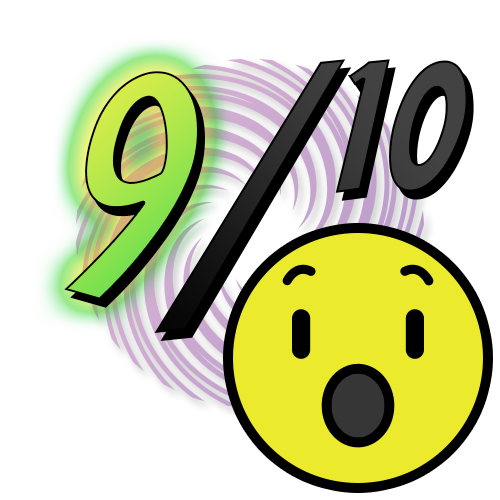




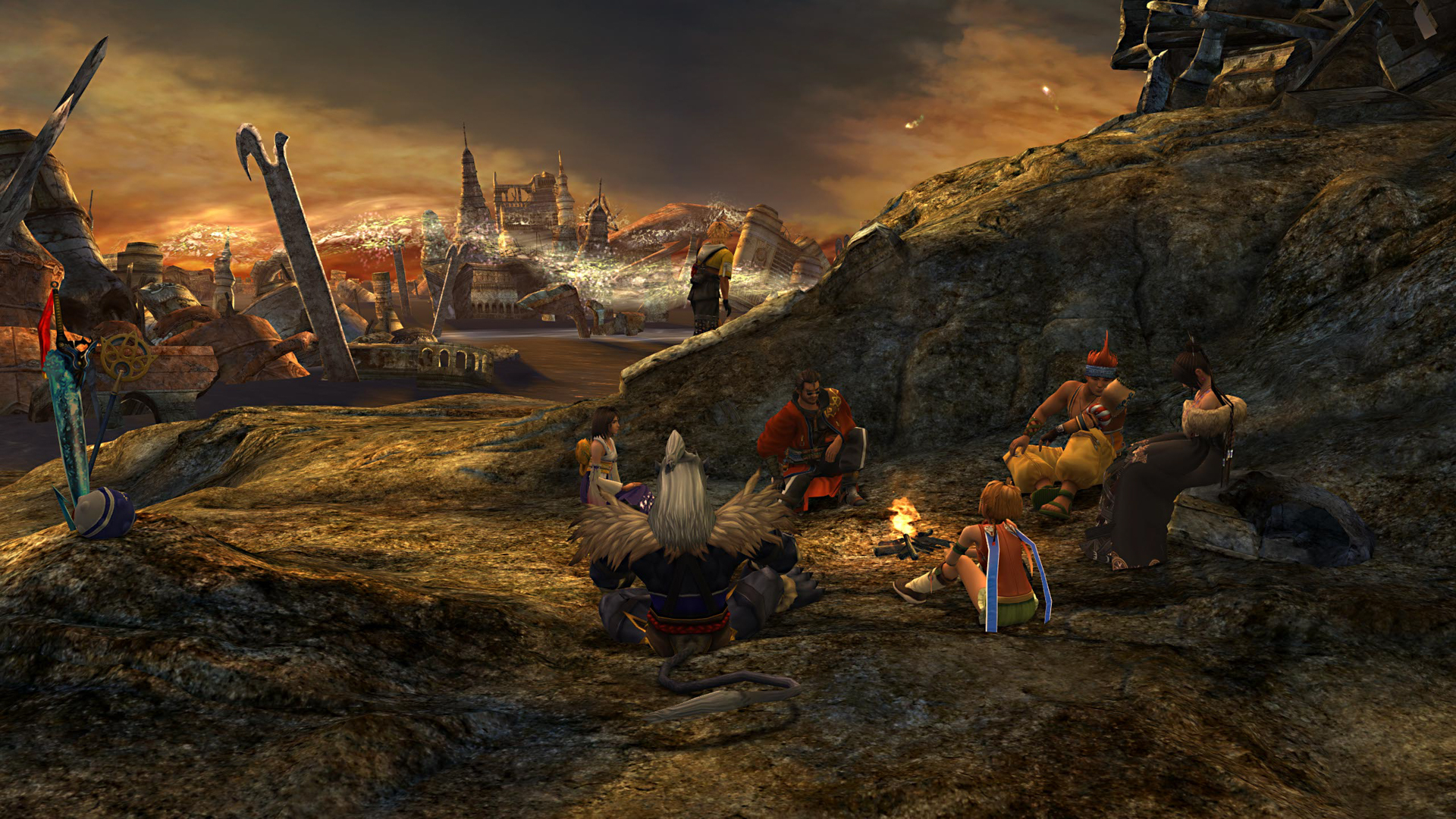












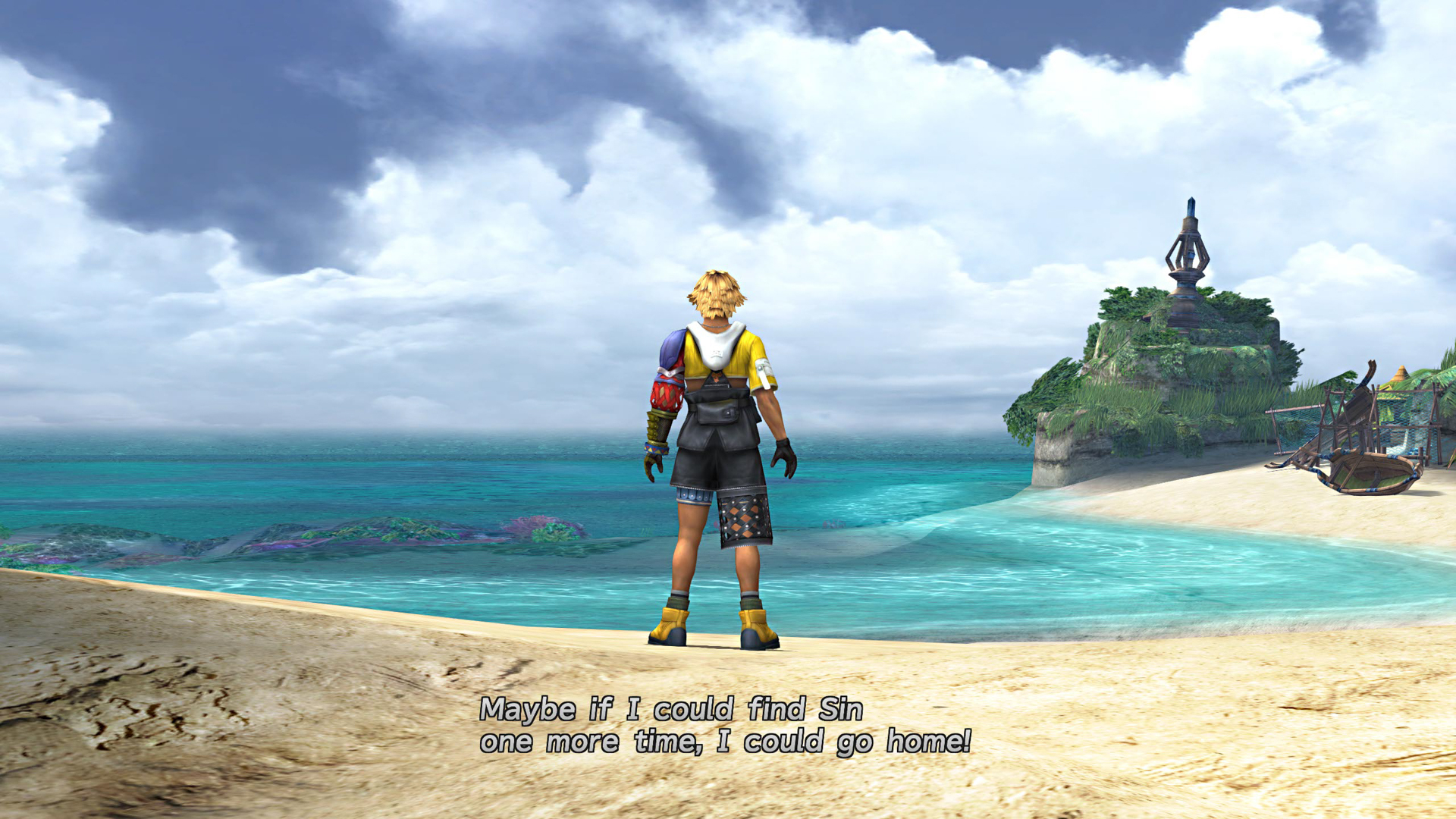












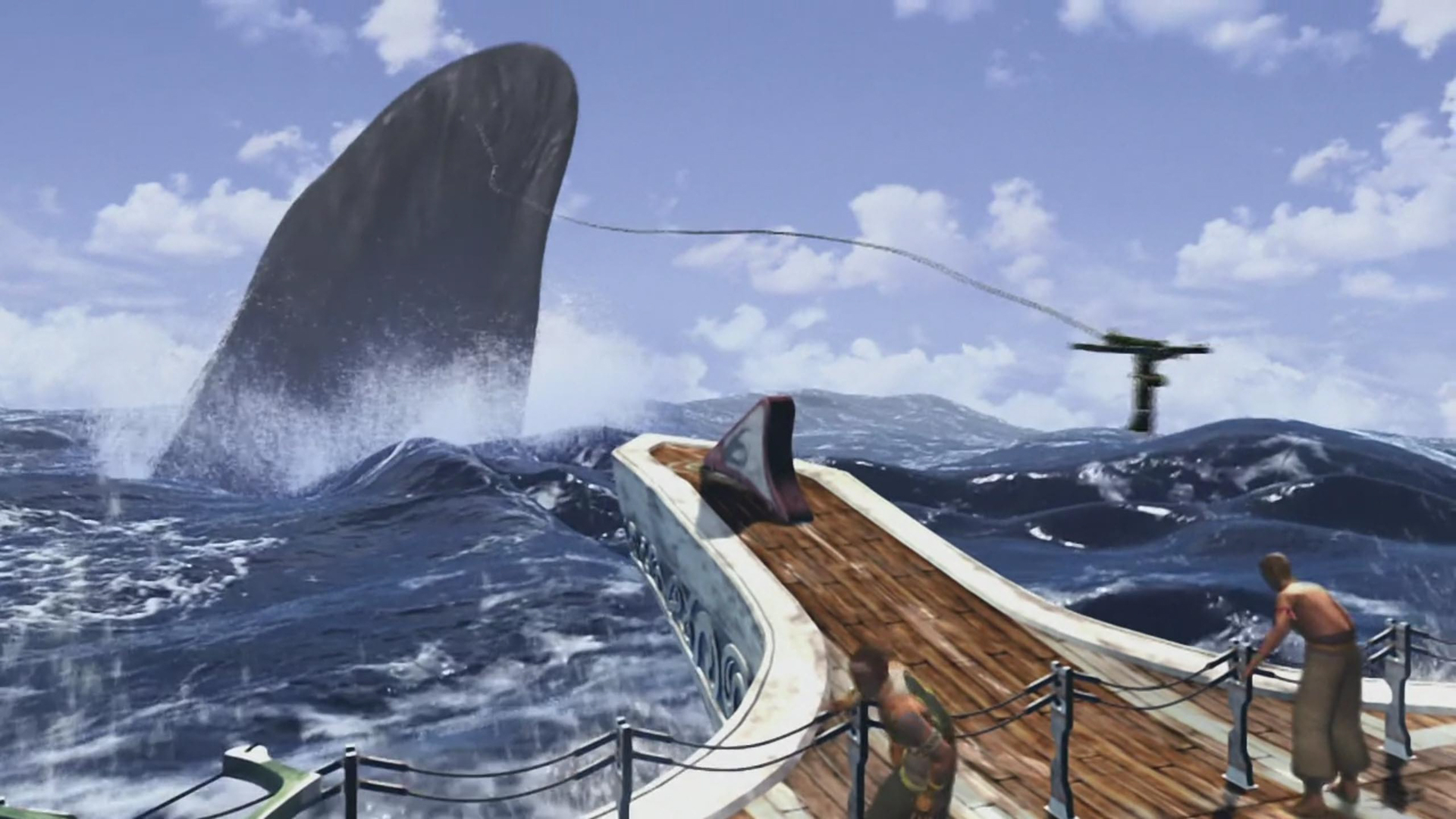






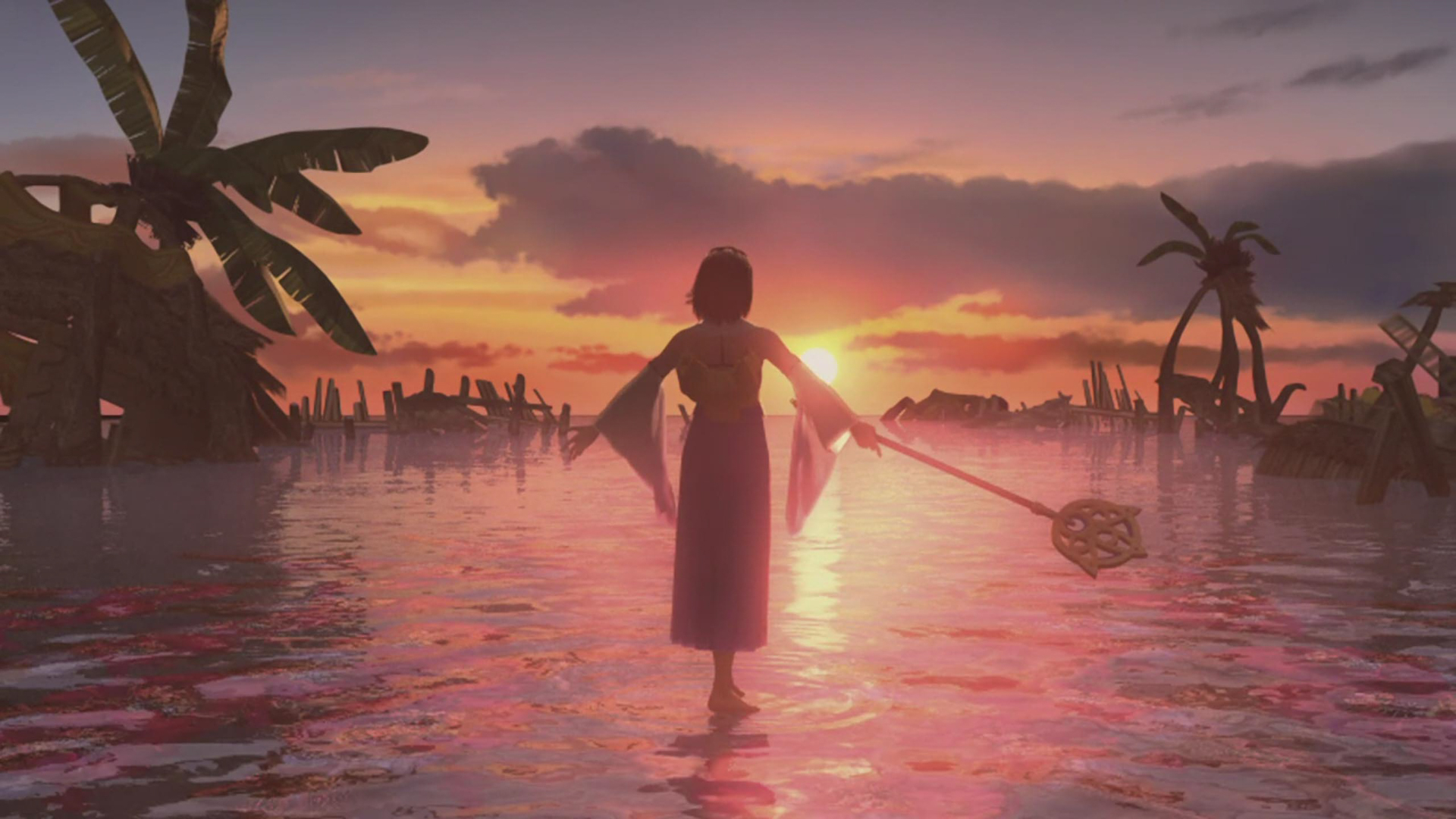
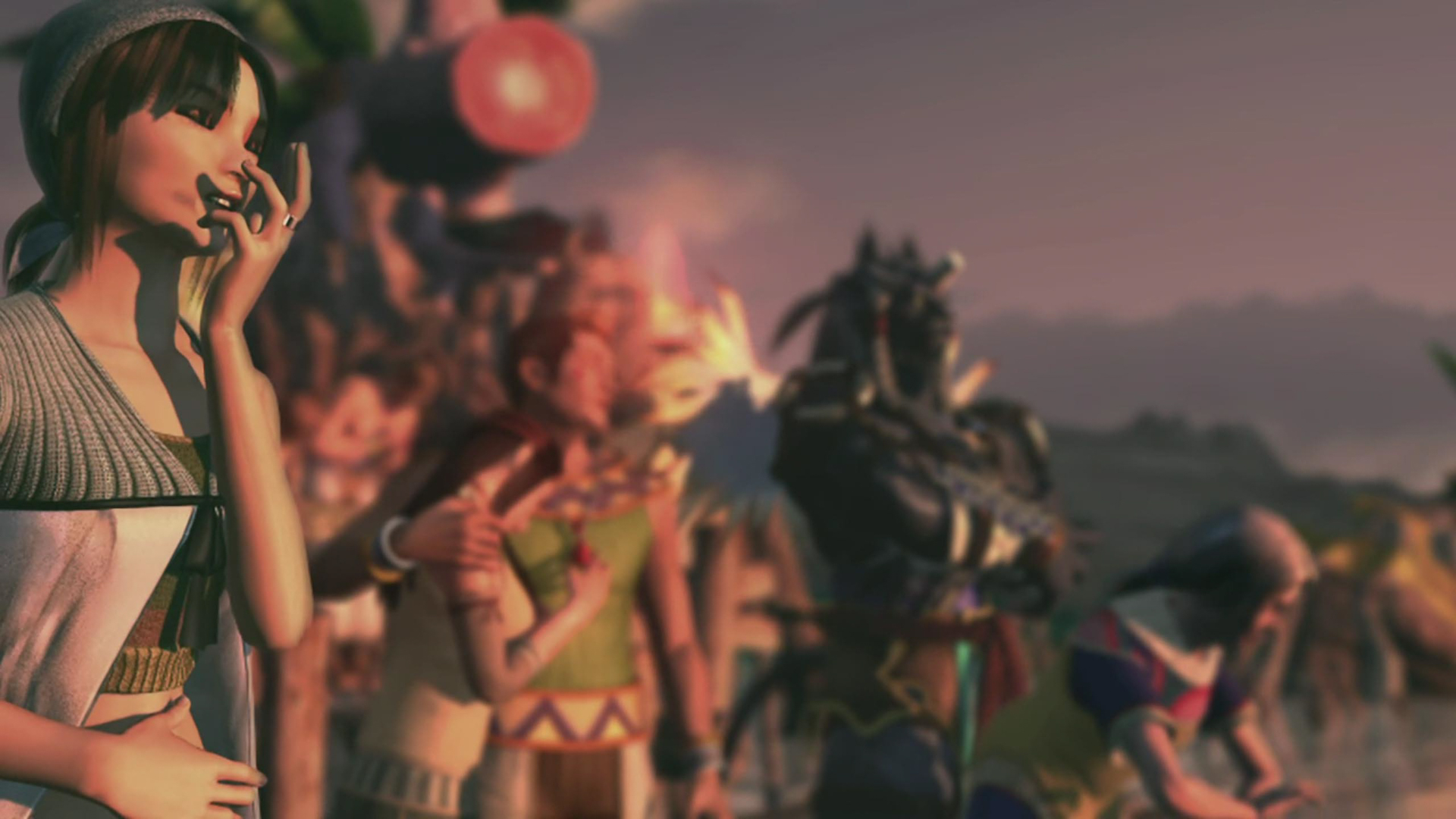

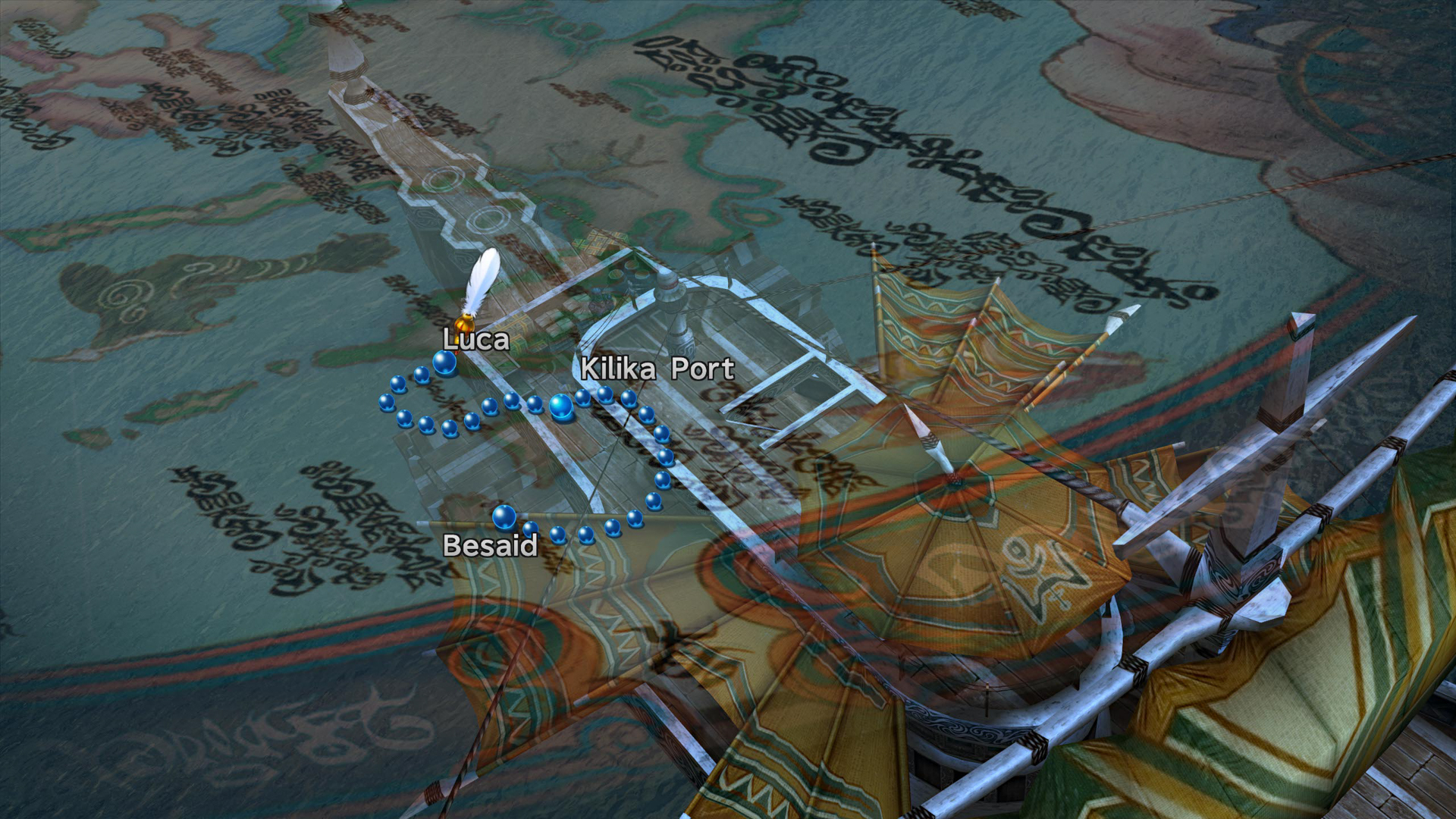
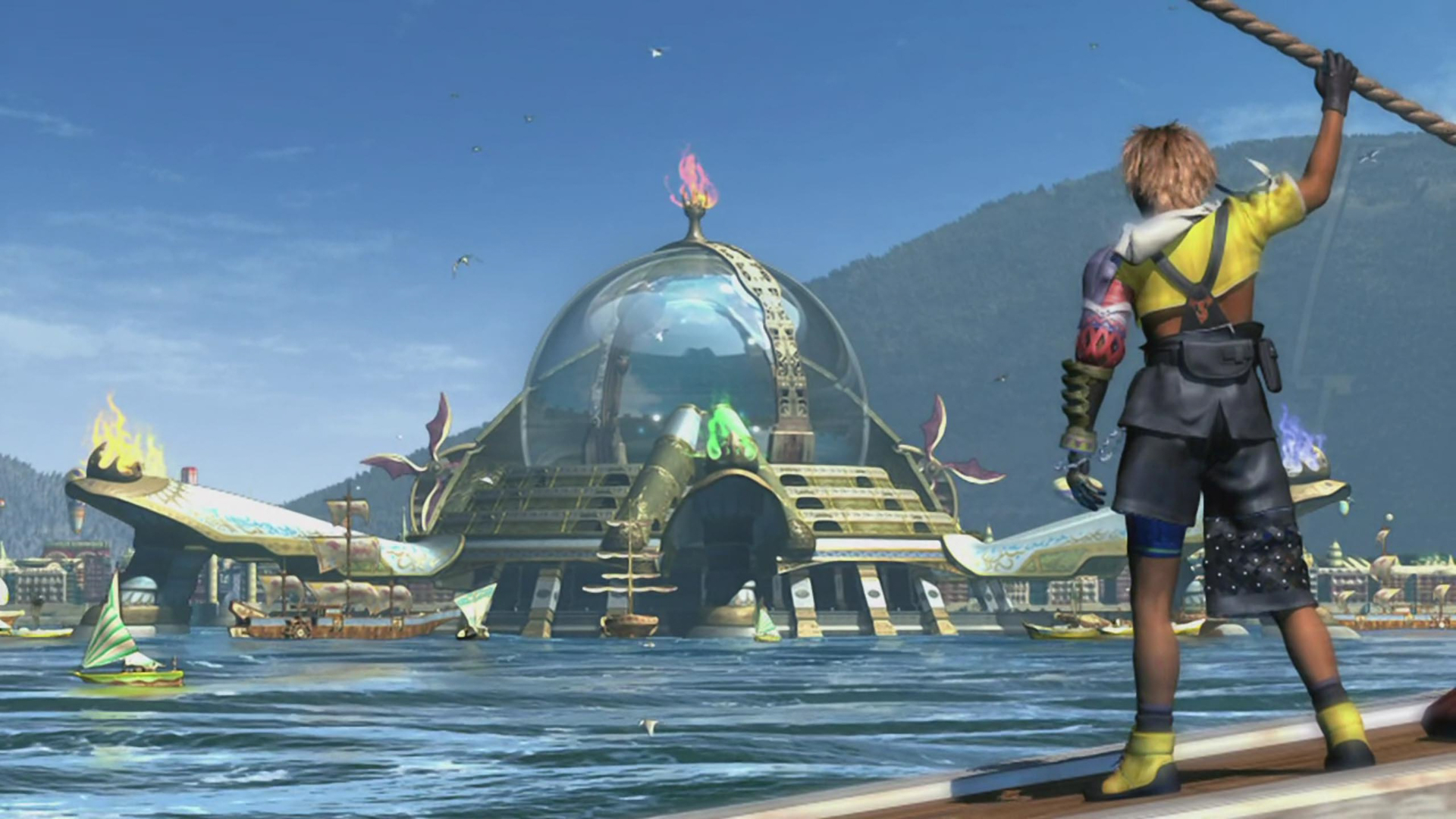









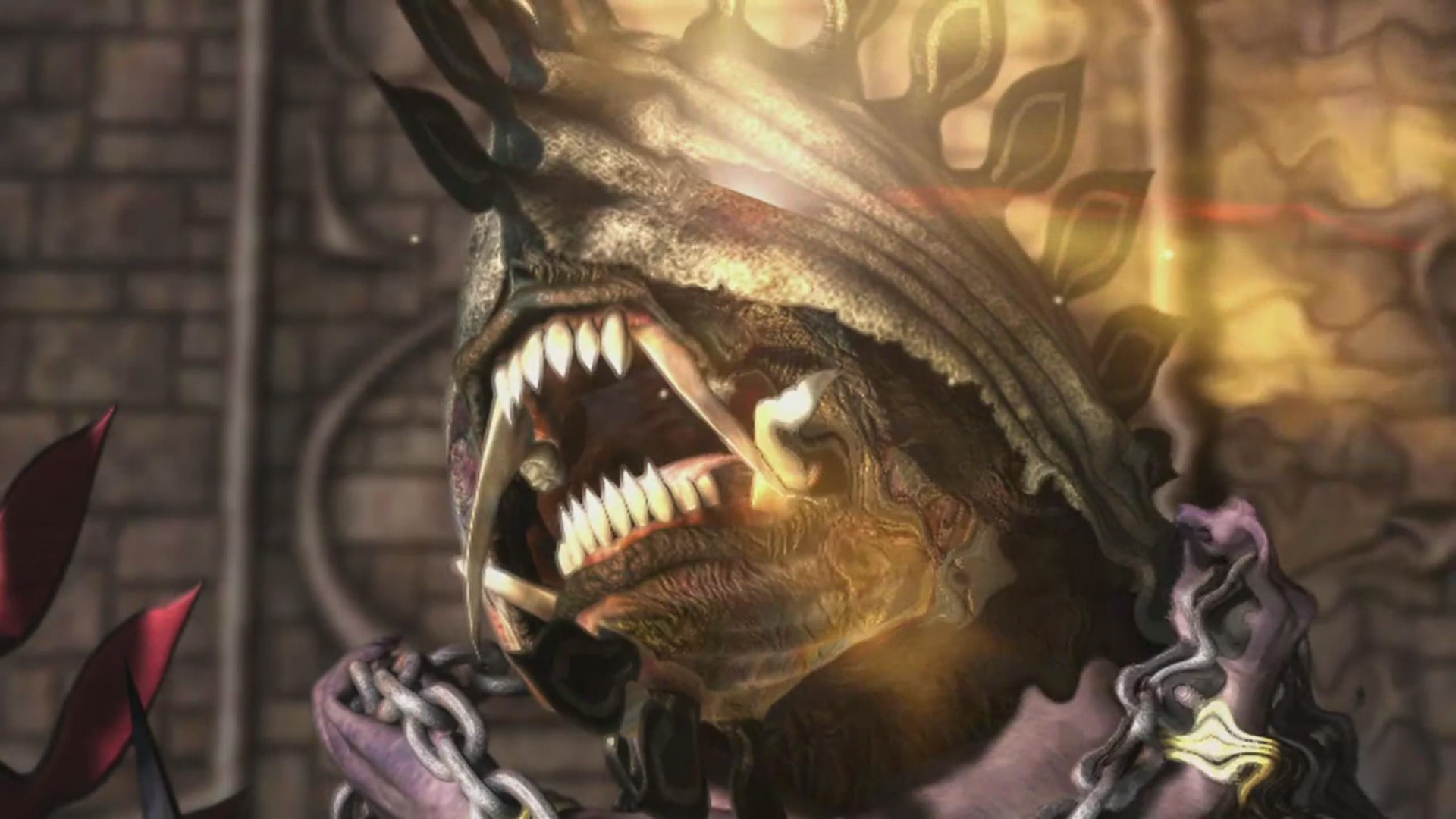

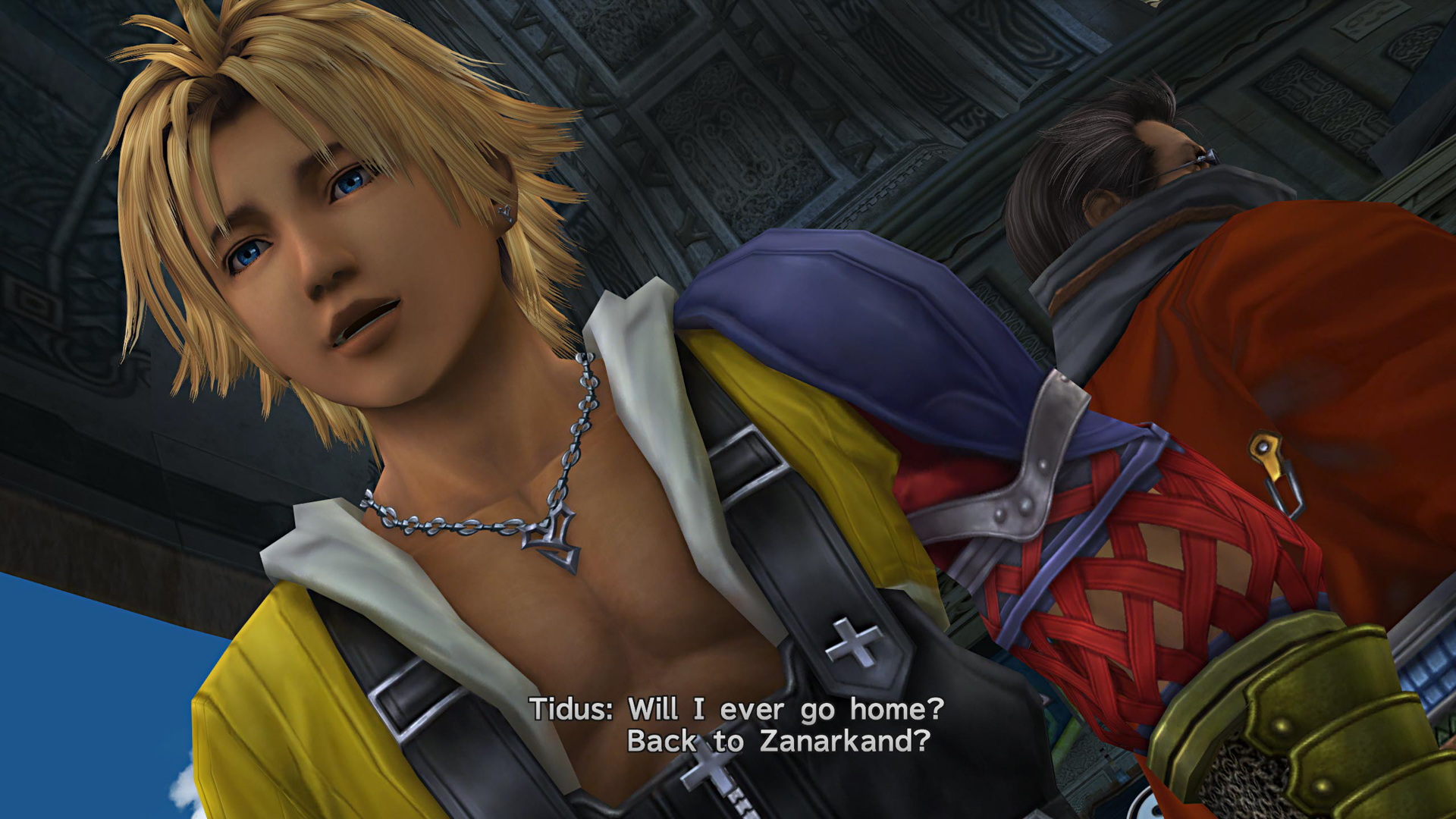









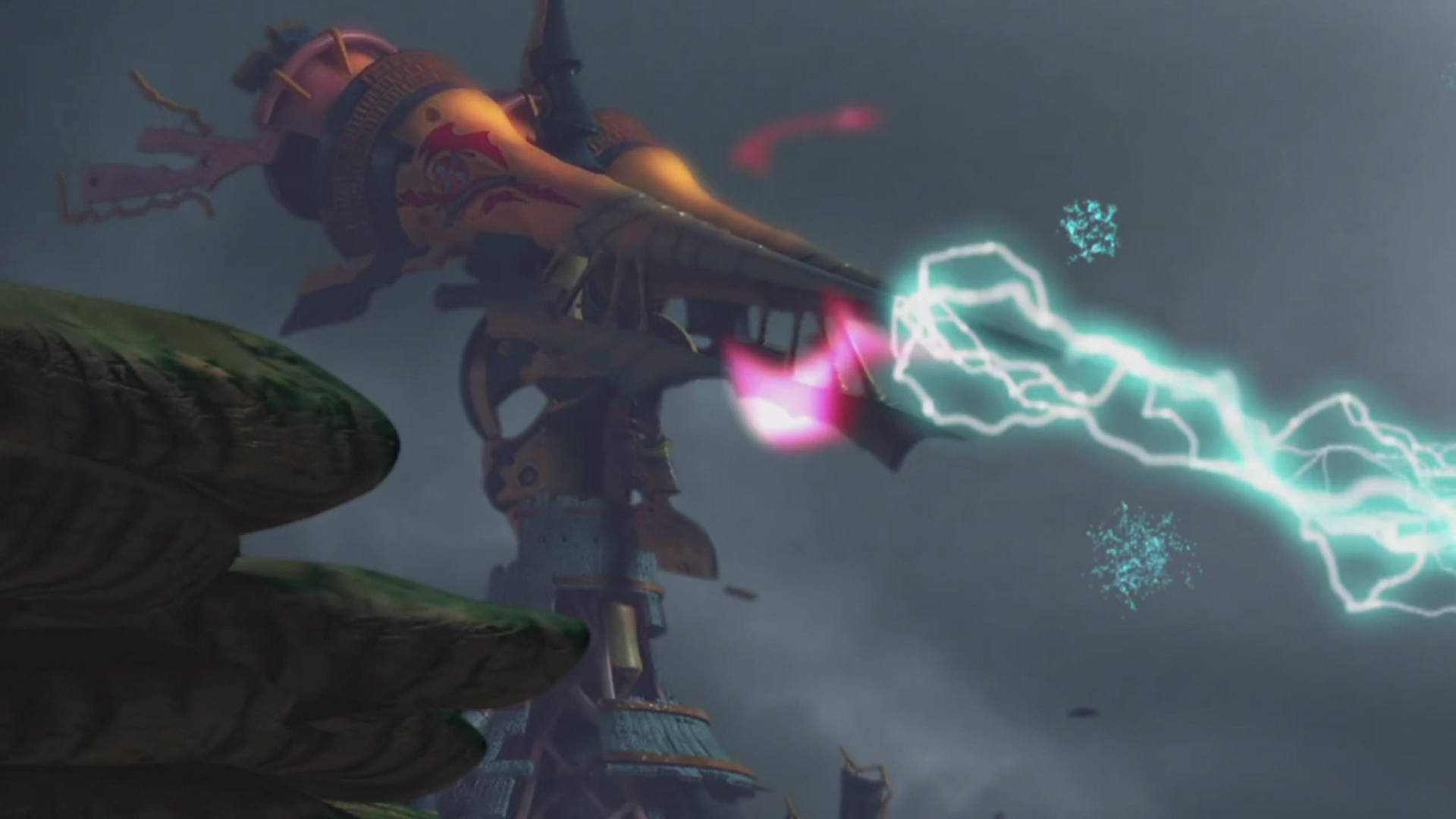





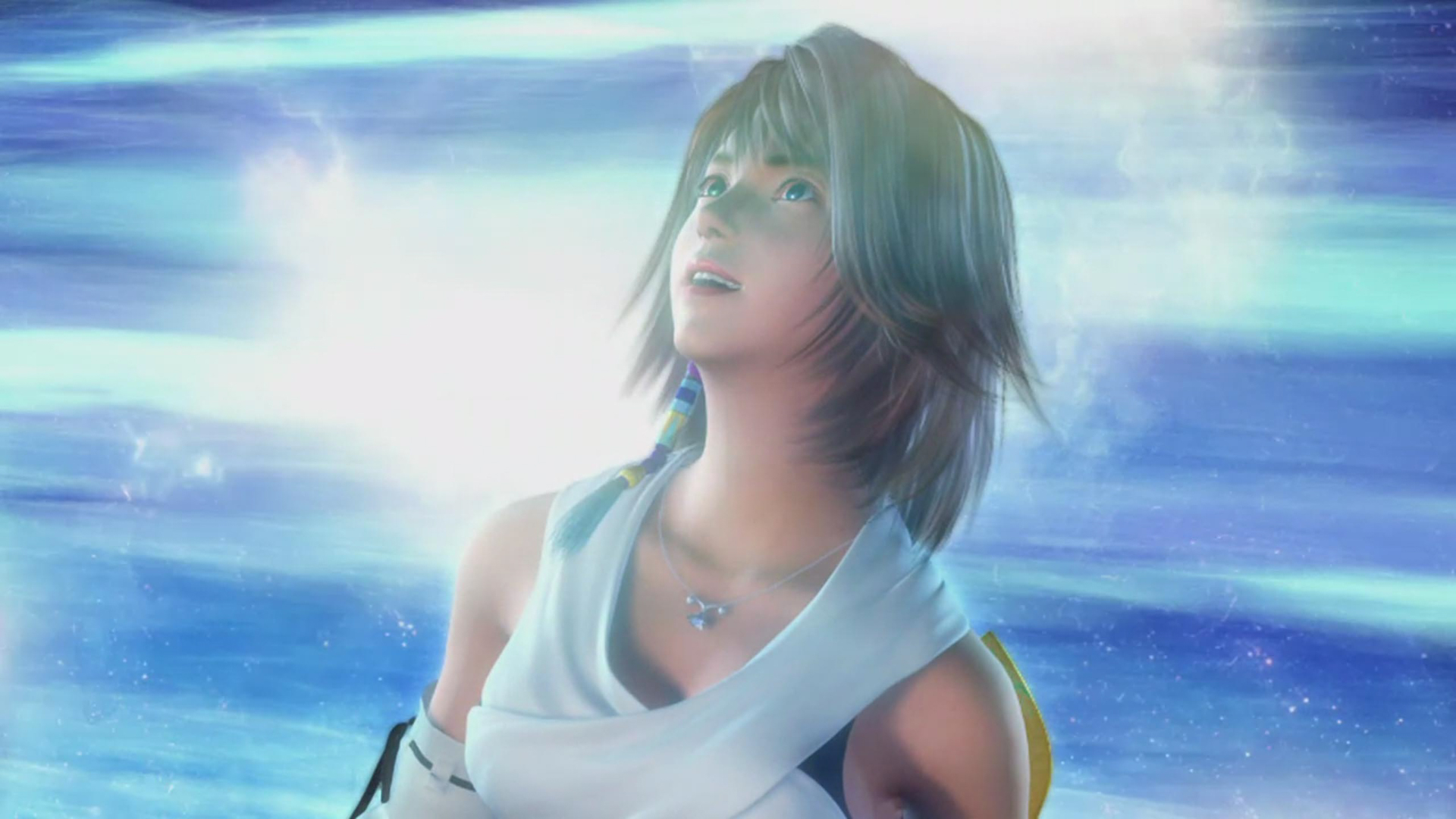










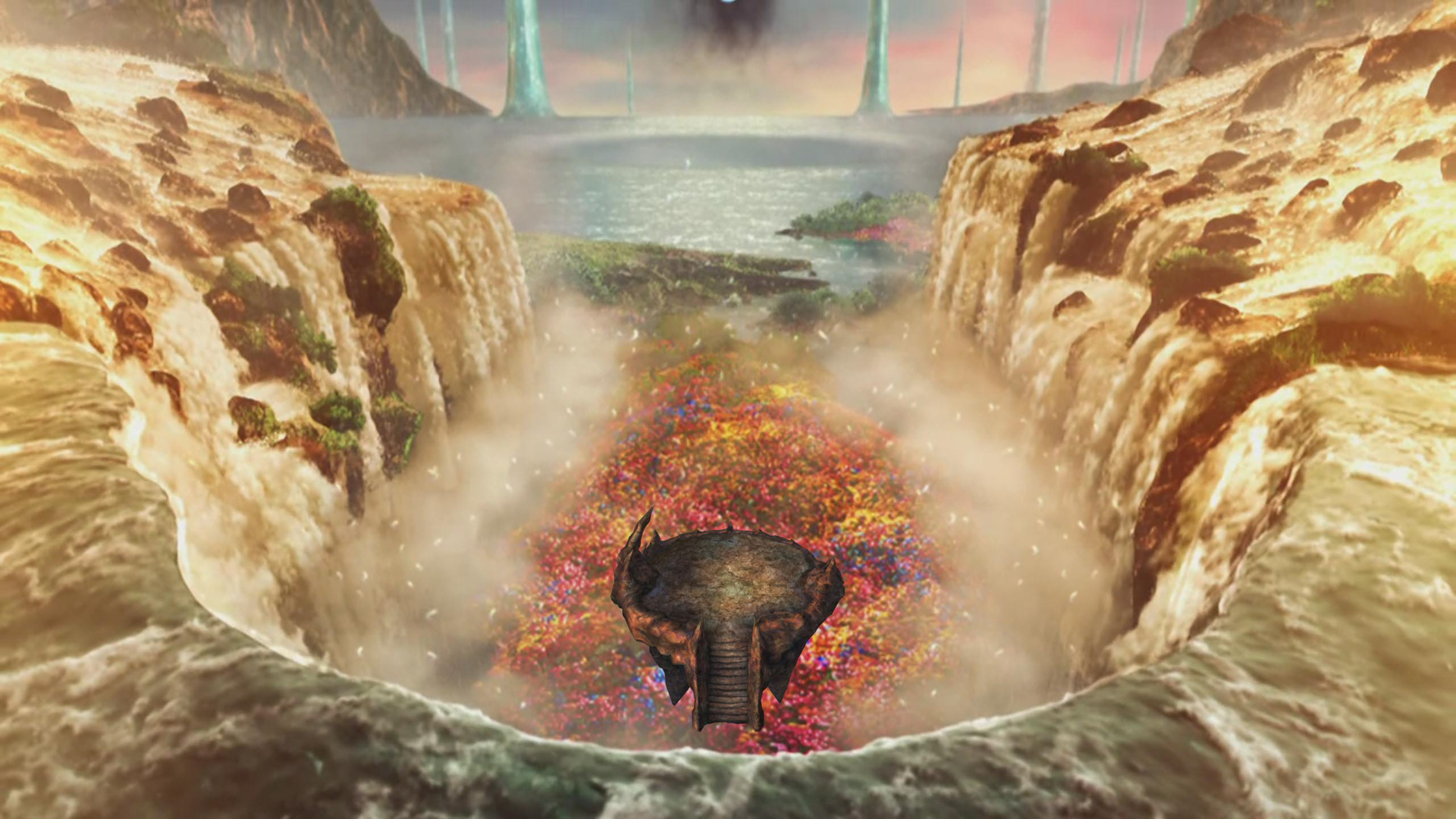




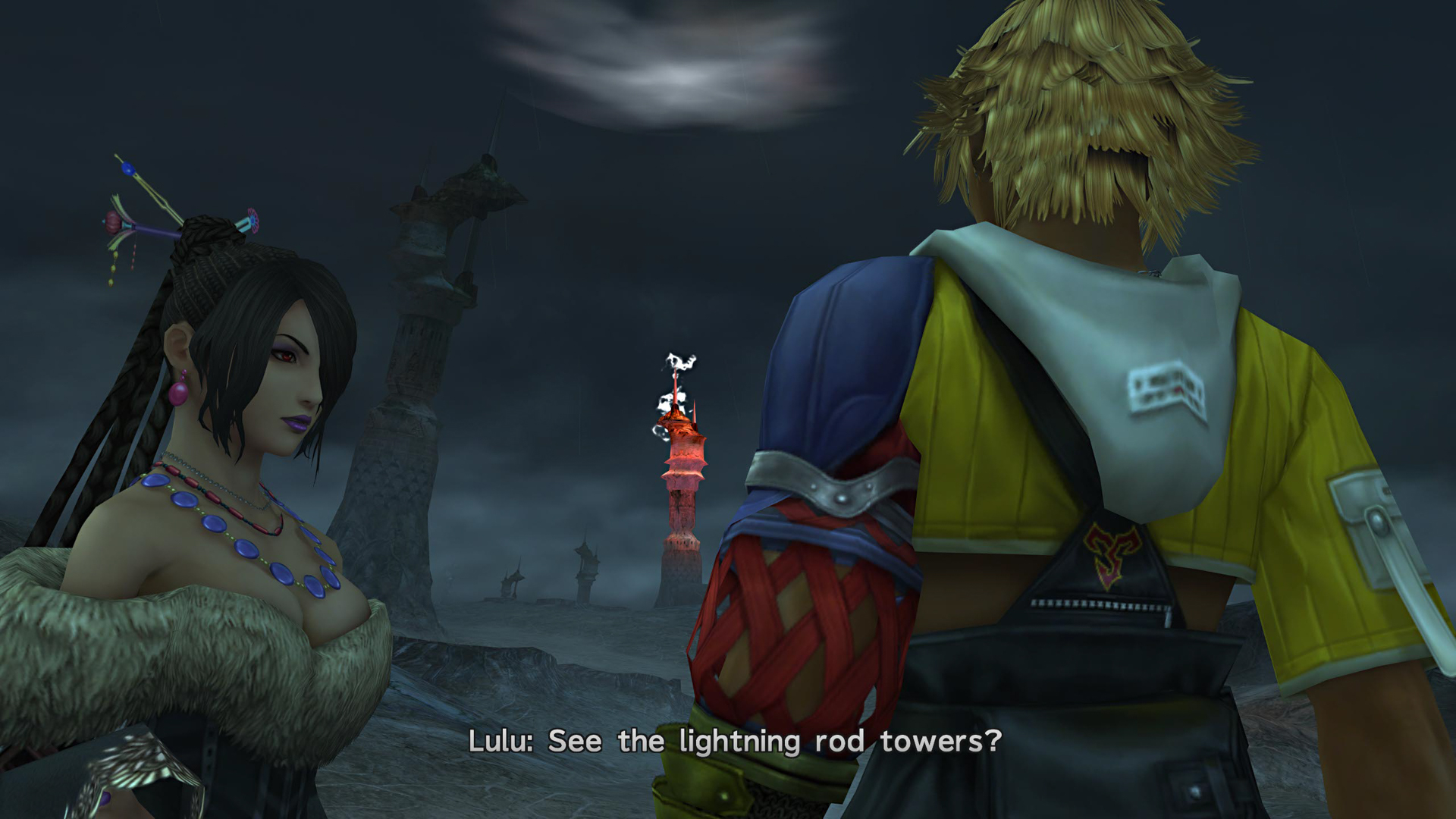









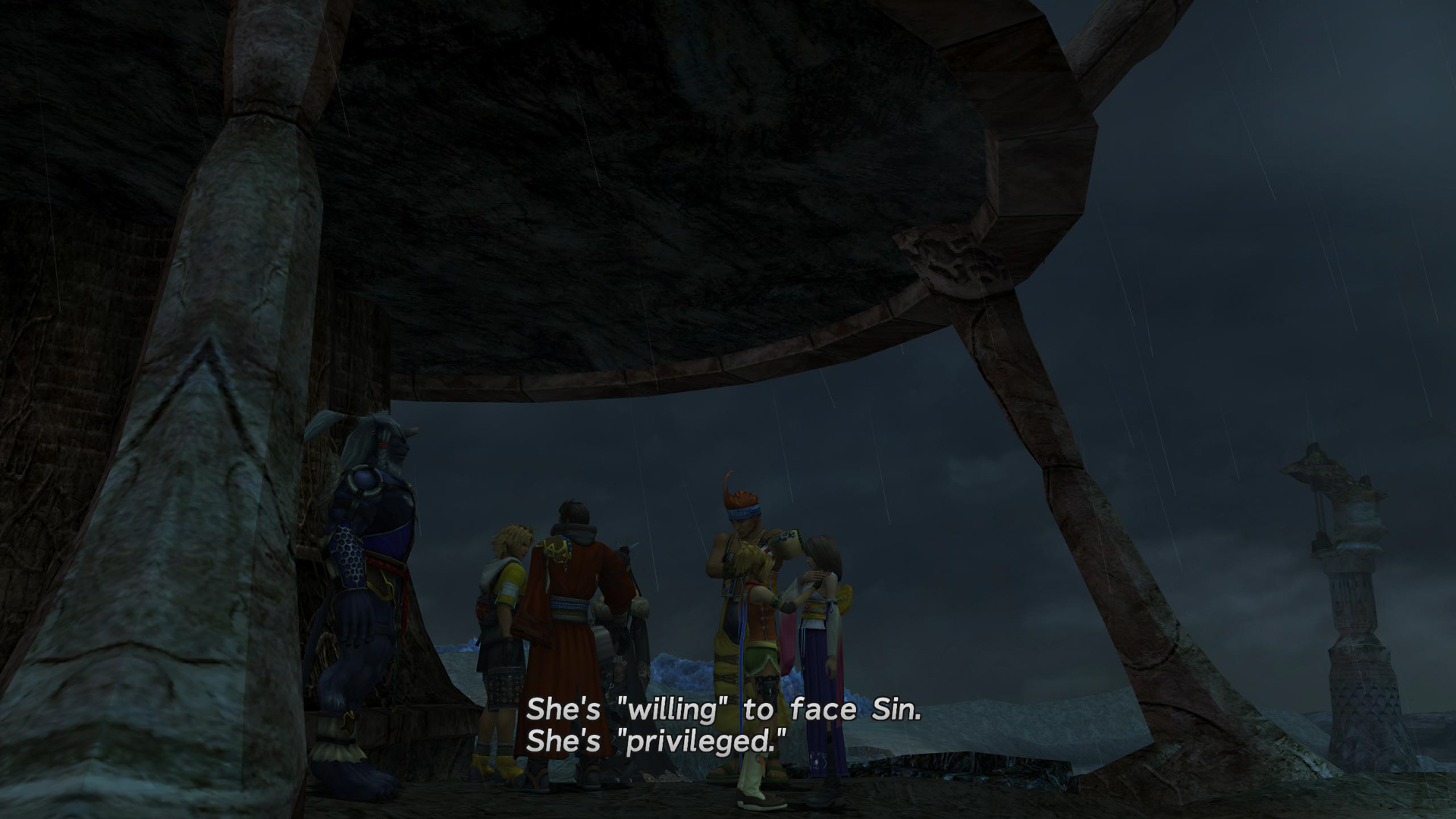
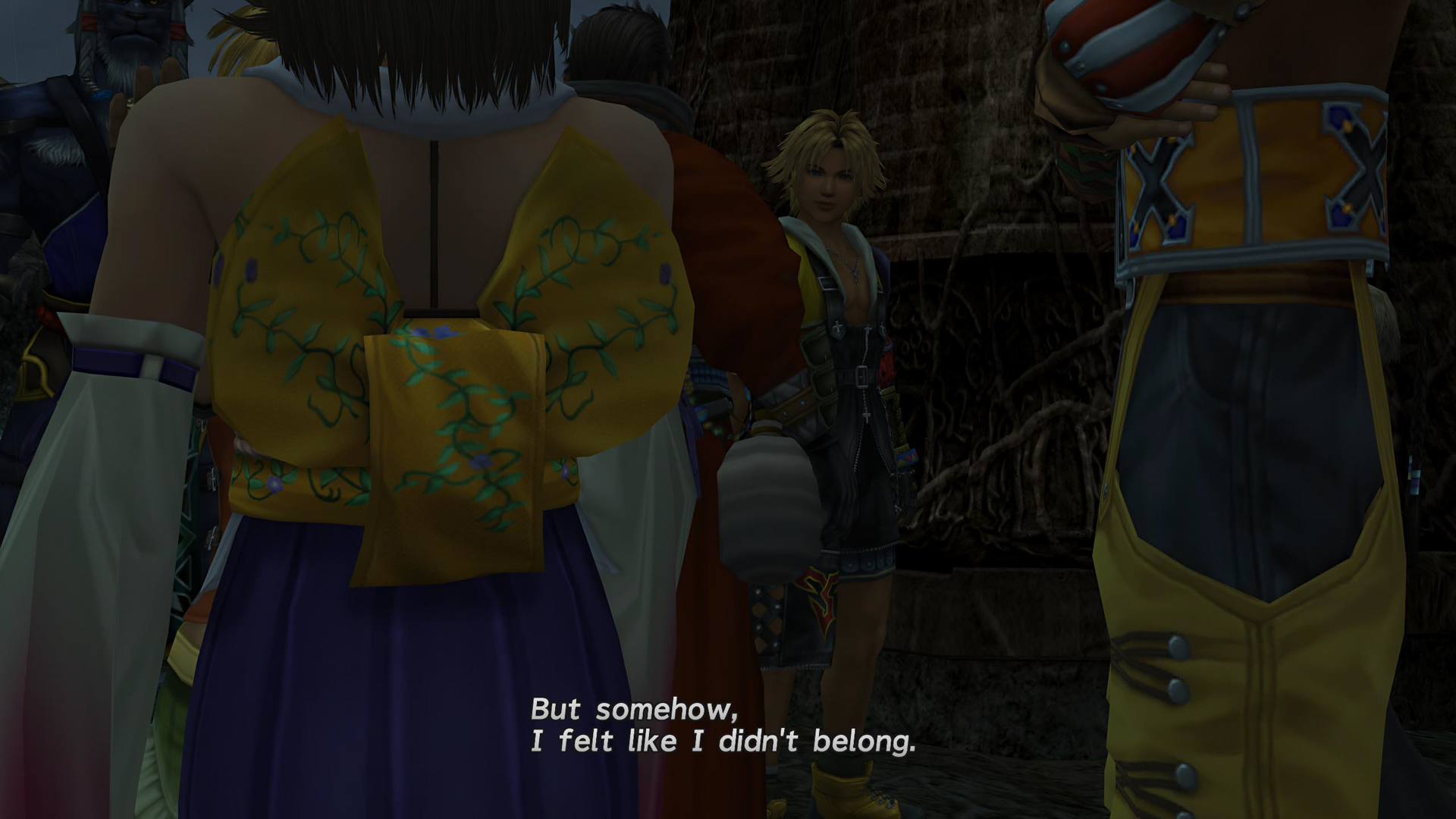




























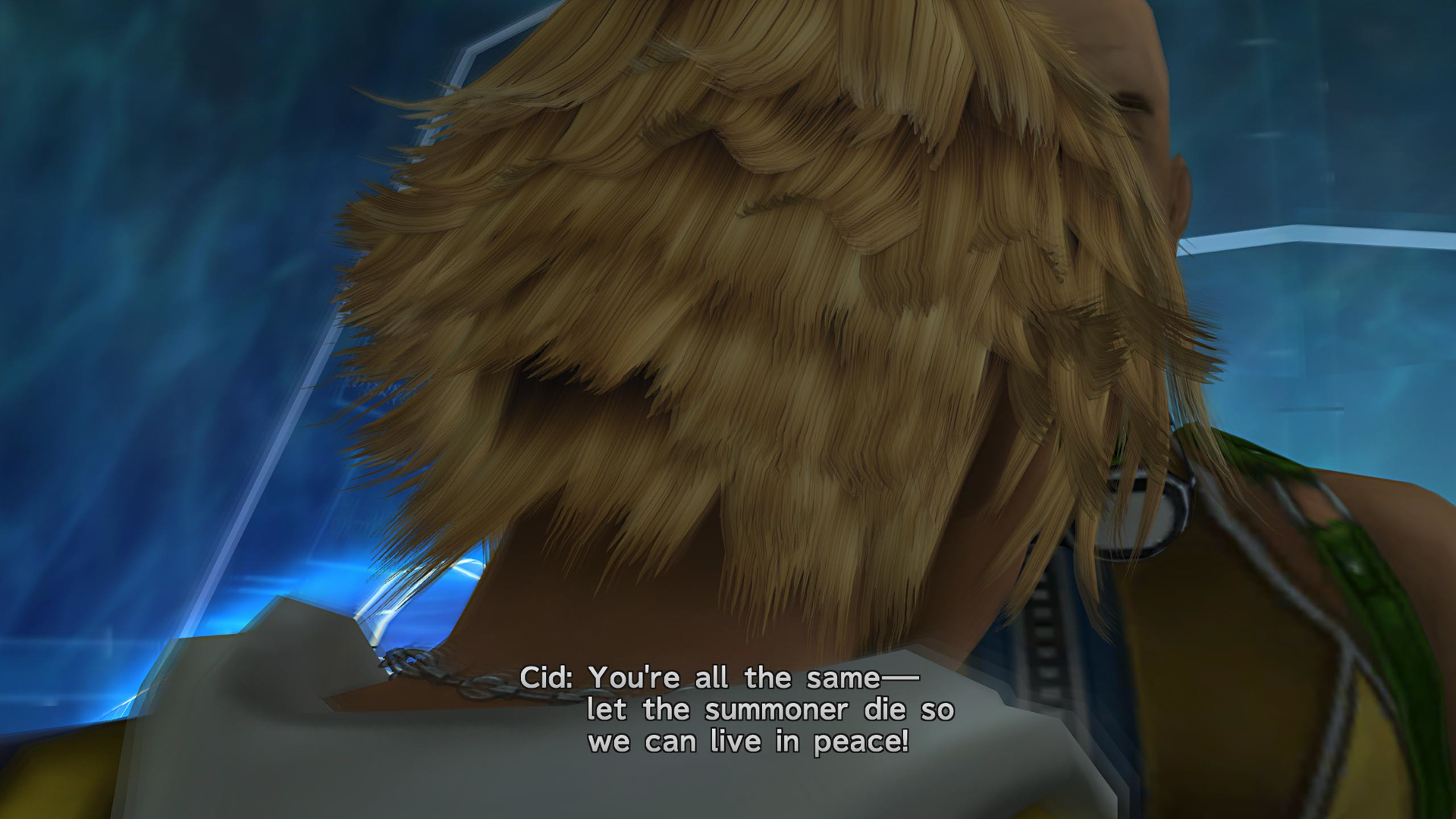




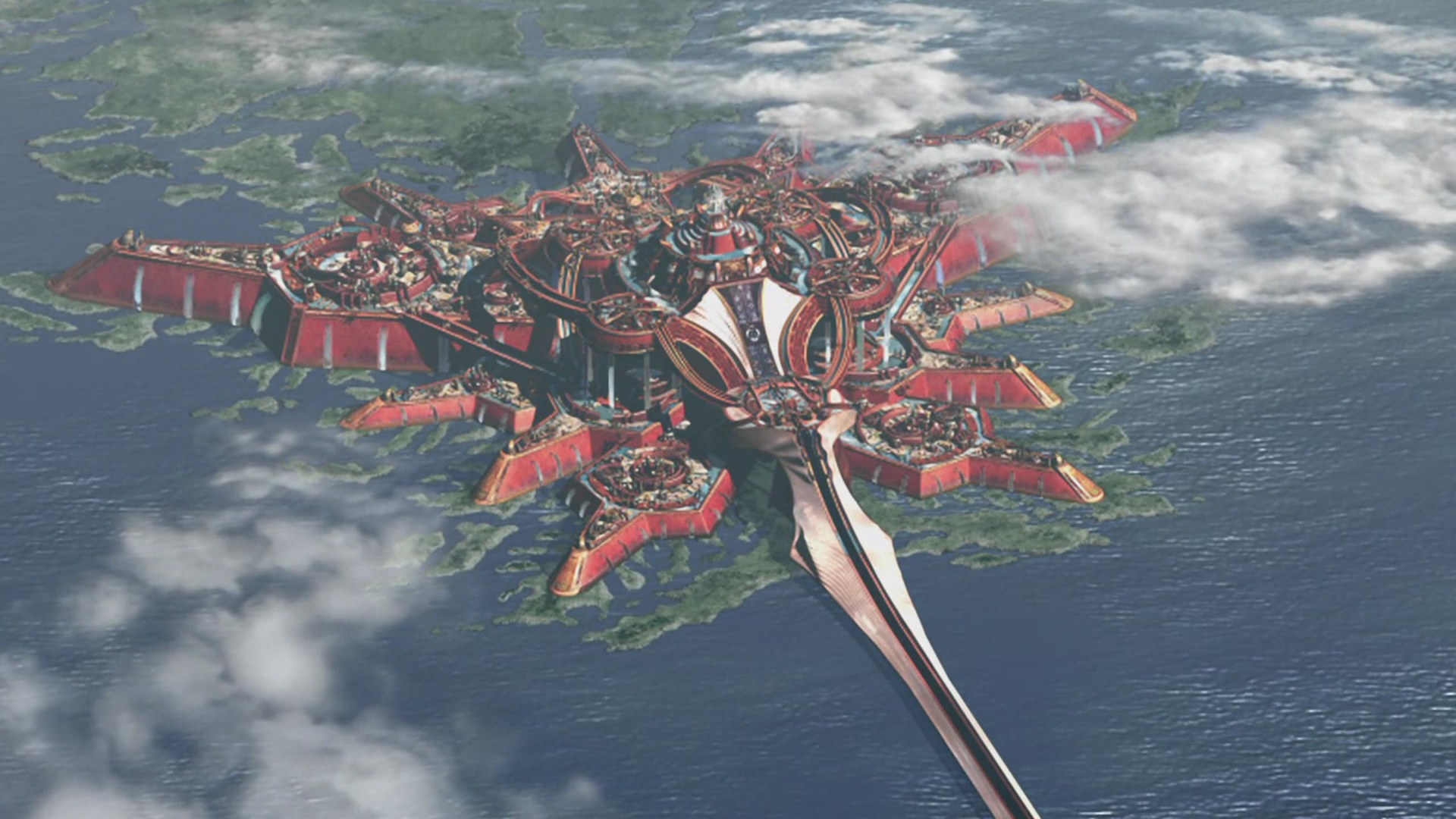


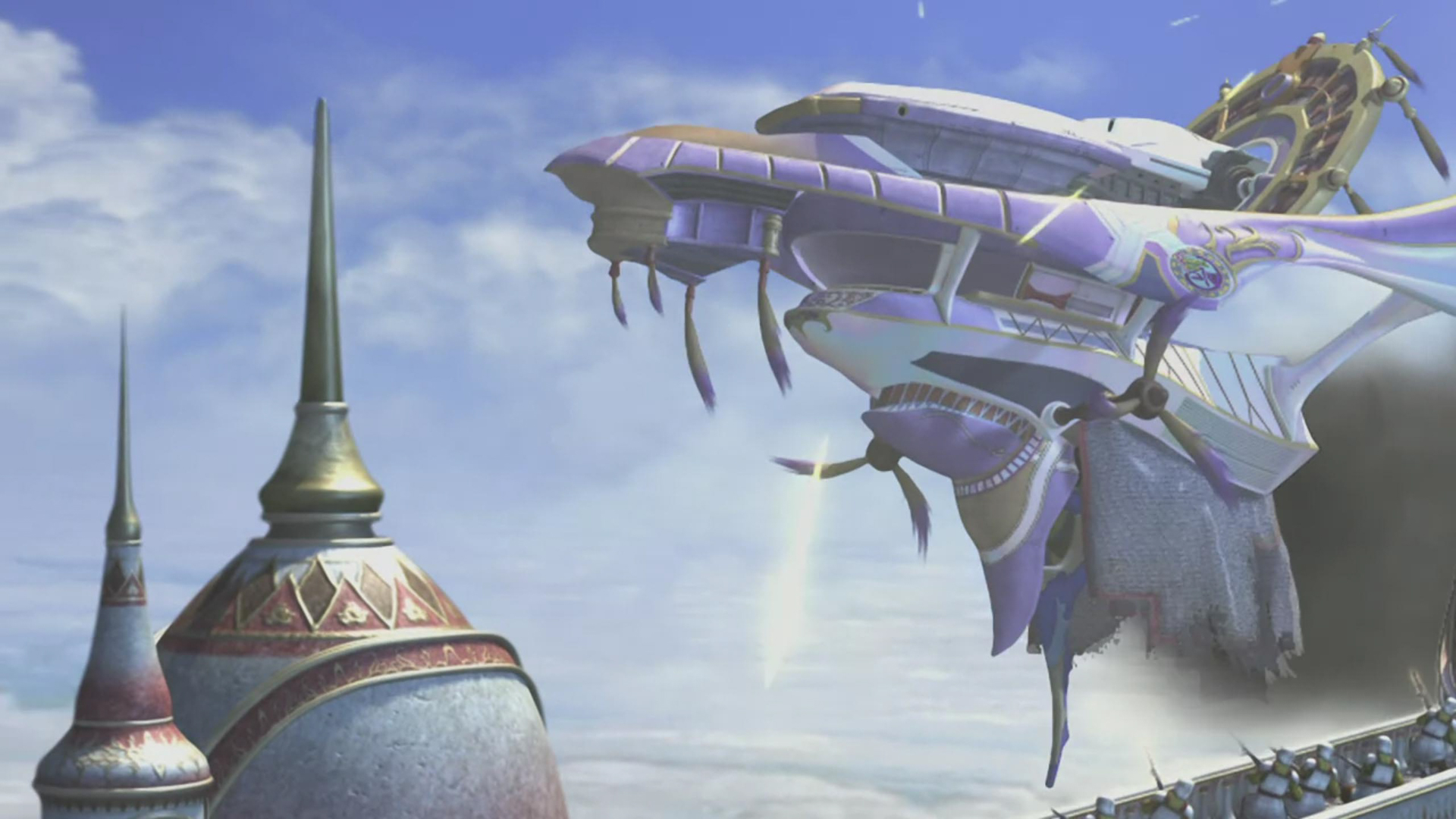



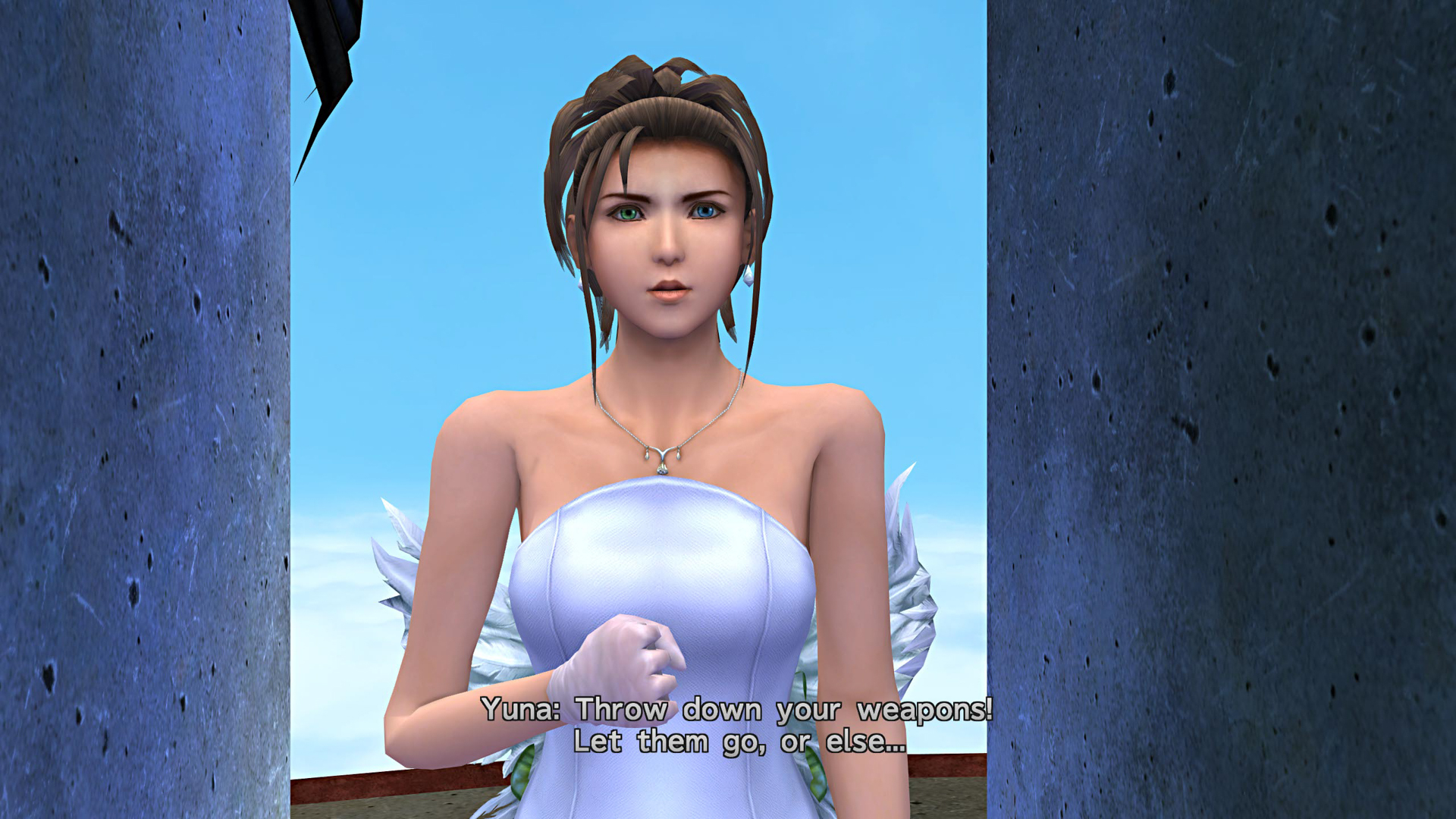




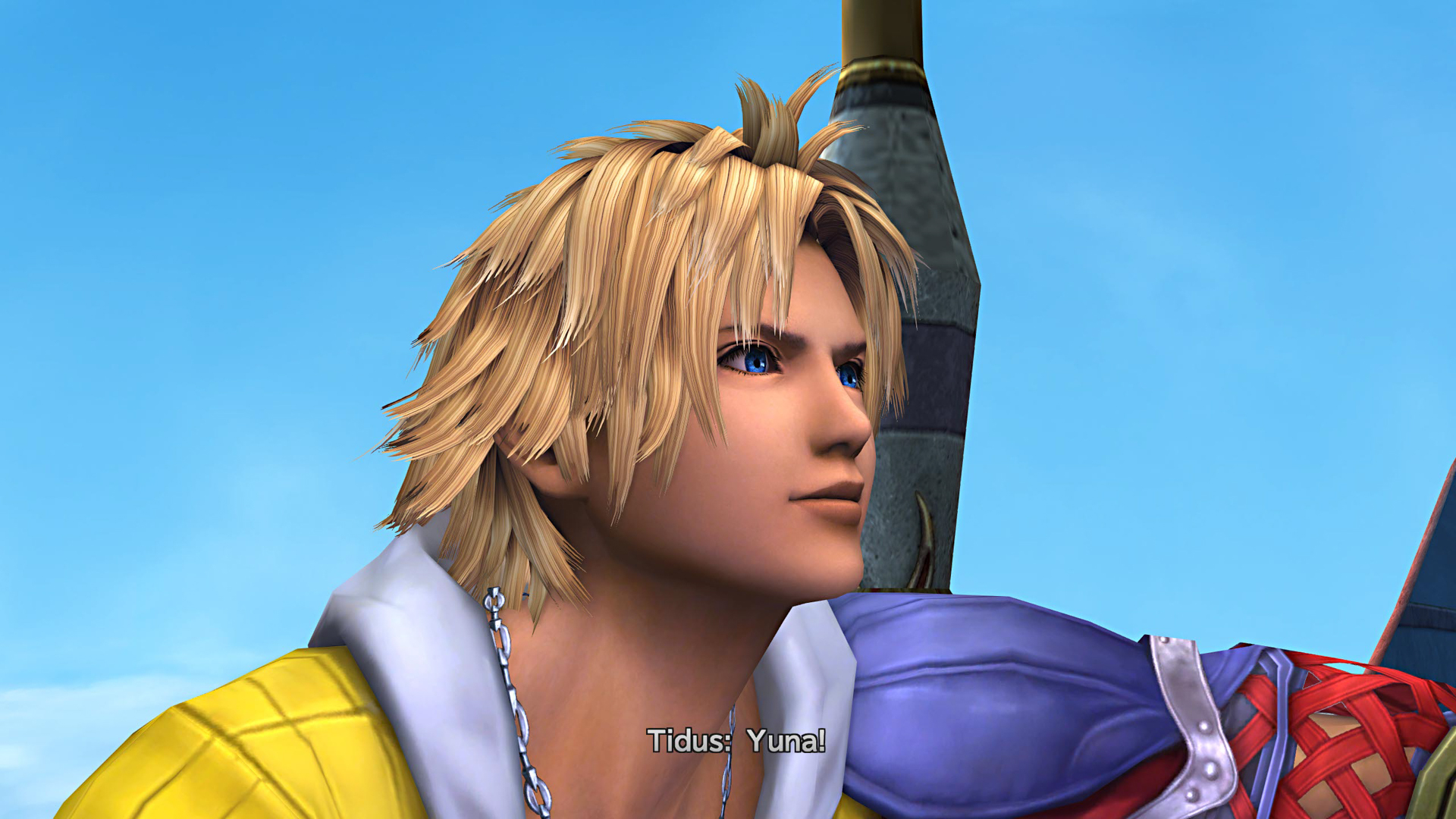

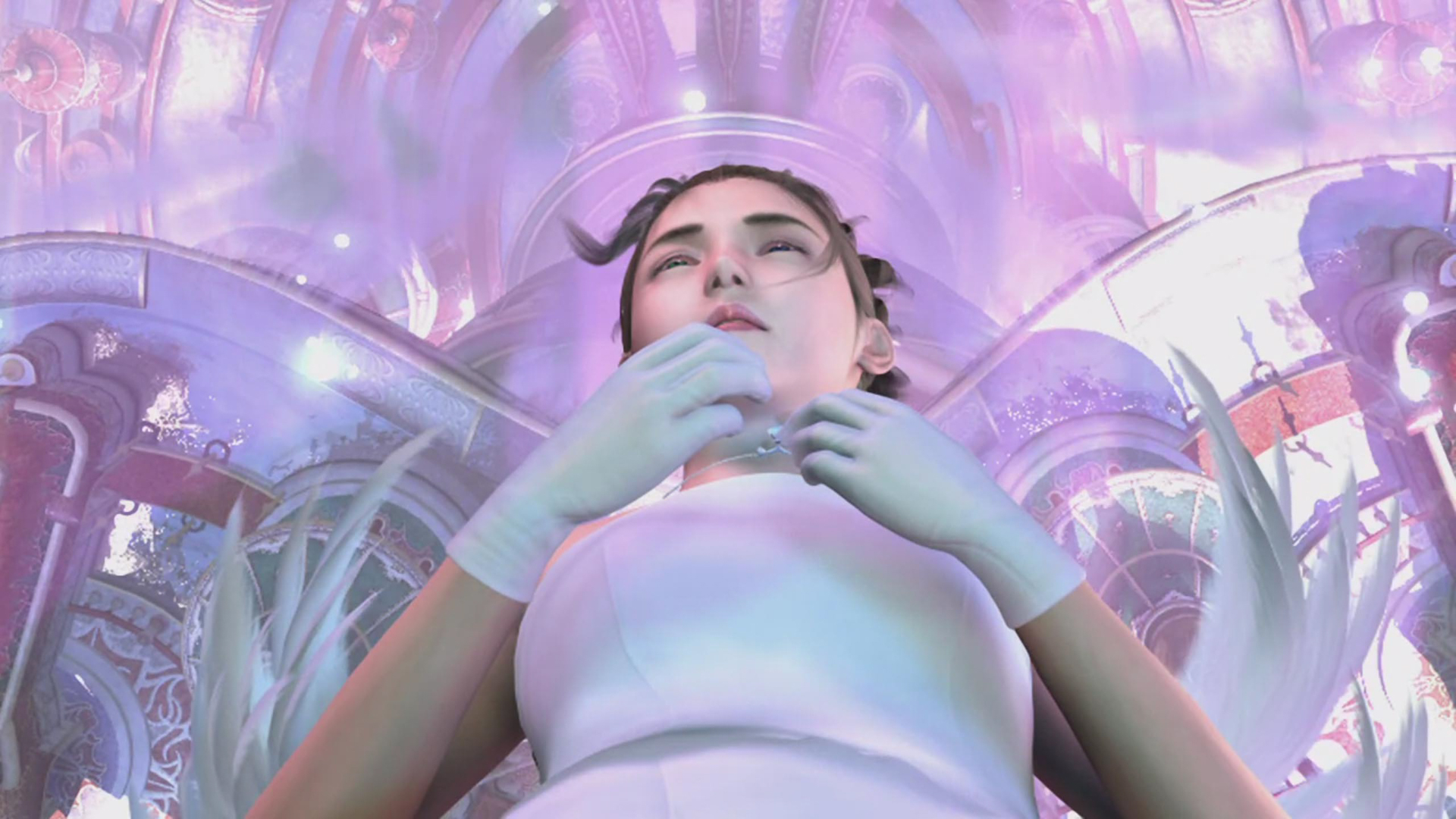



































Leave a Reply